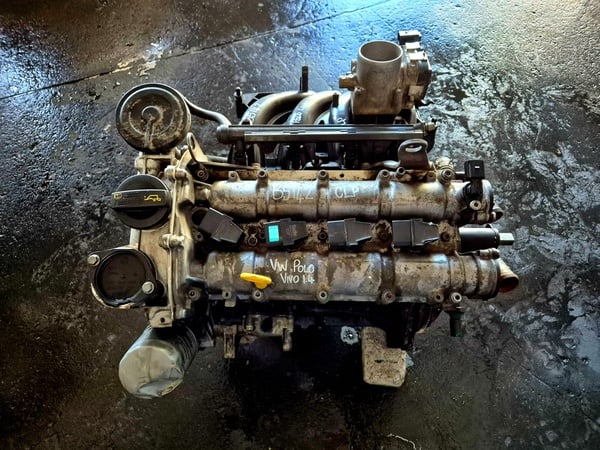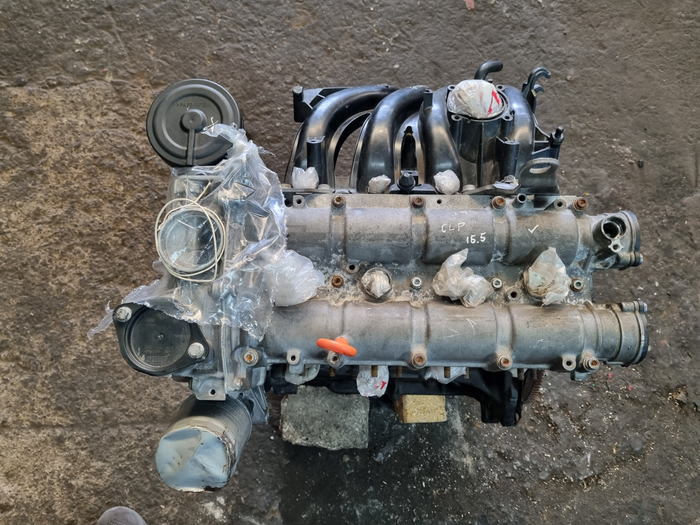How a Clp Engine Can Enhance Efficiency in Different Industries
The arrival of CLP engines marks a considerable change in functional efficiency across different fields, driven by their ability to optimize fuel intake and minimize downtime. As organizations progressively focus on sustainability along with efficiency, the role of CLP engines ends up being even a lot more essential.
Overview of CLP Engines
CLP engines, or Continual Fluid Propellant engines, stand for a considerable development in propulsion innovation, particularly for space applications. These engines utilize a continual feed system that permits for the sustained expulsion of propellant, resulting in enhanced performance and efficiency compared to traditional strong or hybrid propulsion systems. By maintaining a constant circulation of liquid propellant, CLP engines can achieve extra exact thrust control, which is essential for maneuvering spacecraft in numerous objective situations.
The design of CLP engines incorporates advanced products and ingenious gas administration systems. clp engine. This results in lowered weight and enhanced dependability, vital factors for long-duration area missions. The continuous procedure minimizes the danger of combustion instability, a common difficulty in conventional rocket engines.

Benefits in Manufacturing
The manufacturing of Continuous Liquid Propellant (CLP) engines presents numerous remarkable advantages that enhance both performance and cost-effectiveness. Among the key advantages is the streamlined production process, which reduces the intricacy related to standard propulsion systems. By utilizing liquid propellant, suppliers can achieve greater accuracy in engine efficiency, causing enhanced power result and lowered waste.
In addition, CLP engines assist in a higher level of modularity, permitting much easier combination into numerous manufacturing lines. This adaptability can considerably decrease preparations and enhance total functional flexibility. Using CLP modern technology likewise often tends to lessen the requirement for comprehensive upkeep because of less relocating parts, which converts into lowered downtime and operational costs.

Applications in Logistics
Leveraging check it out Continual Liquid Propellant (CLP) engines in logistics provides significant advantages in operational efficiency and reliability. These engines offer a robust service for various transportation needs, making it possible for the seamless movement of goods across vast distances. The inherent design of CLP engines allows for consistent power result, which translates right into smoother and more predictable transportation timetables.
Among the vital applications of CLP engines in logistics remains in durable freight visit this website transport, where they can drive both ground and airborne lorries. Their capacity to preserve high performance under varying load problems makes certain that shipment timelines are satisfied, thus enhancing client contentment. Furthermore, CLP engines can be integrated into automated logistics systems, facilitating real-time monitoring and enhancing route preparation.
Additionally, the durability of CLP engines lowers maintenance downtime, enabling logistics companies to optimize their operational abilities. This is specifically advantageous in warehousing operations, where efficiency in handling and moving products is crucial. As logistics remains to progress, the integration of CLP engines stands for a forward-thinking approach that not just improves efficiency but additionally supports the sector's growing needs for reliability and rate.
Influence On Power Efficiency
Exactly How do Continuous Fluid Propellant (CLP) engines boost energy effectiveness in transport? CLP engines utilize a constant circulation of fluid fuel, optimizing burning procedures and keeping a steady thrust result. This layout minimizes energy losses connected with conventional burning engines, where see this here gas distribution can differ and bring about inadequacies.
The continual procedure of CLP engines permits an extra reliable thermal cycle, leading to greater specific impulse contrasted to traditional engines. clp engine. This equates to decreased gas consumption for the same quantity of job done, considerably decreasing operational expenses across various transportation sectors, including air travel and maritime sectors
In addition, the ability of CLP engines to maintain optimal efficiency under varying tons problems reduces the demand for regular velocity and slowdown, even more improving gas performance. Boosted energy efficiency not only adds to set you back savings yet additionally causes decrease greenhouse gas exhausts, lining up with international sustainability objectives.
Future Trends and Innovations
Arising innovations in Constant Fluid Propellant (CLP) engine innovation pledge to reinvent the landscape of transportation effectiveness and sustainability. As sectors pivot toward greener options, CLP engines stand at the center, incorporating cutting-edge materials and style techniques that enhance efficiency while decreasing environmental impact.
One of one of the most appealing patterns is the adoption of crossbreed systems that combine CLP engines with renewable resource sources. This synergy can enhance fuel consumption and lower discharges, aligning with global sustainability objectives. Furthermore, advancements in computational liquid characteristics (CFD) are assisting in the layout of even more aerodynamically effective engines, bring about minimized drag and improved gas performance.
Moreover, the growth of clever tracking systems is set to improve functional efficiencies. These systems take advantage of data analytics and IoT modern technology to maximize engine efficiency in real-time, making certain that the engines operate within their most efficient specifications.
As study proceeds to check out alternative propellant solutions-- such as biofuels and synthetic fuels-- the future of CLP engines looks appealing. By harnessing these developments, markets can not only enhance their performance however additionally add significantly to a cleaner, more sustainable future in transportation.
Verdict
To conclude, CLP engines represent a considerable advancement in performance throughout numerous sectors. Their capacity to optimize gas intake and decrease operational expenses, combined with a continual feed system, improves power outcome and operational integrity. The integration of innovative products and fewer relocating parts reduces upkeep demands, while positioning with sustainability goals positions CLP engines as a critical technology for the future. Continued innovation in this area guarantees more enhancements in efficiency and environmental performance.